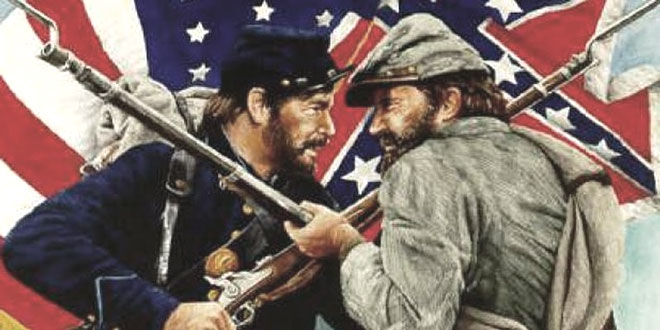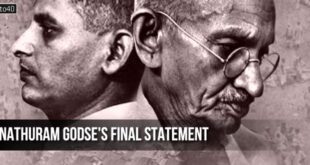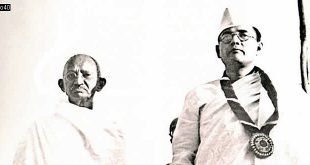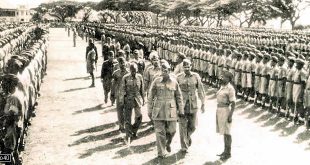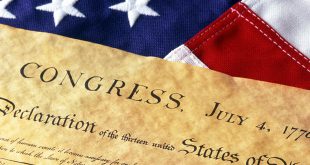1. The Mexican War Ended – 1848
With the end of the Mexican War, America was ceded western territories. This posed a problem: as these new territories would be admitted as states, would they be free or slave? To deal with this, Congress passed the Compromise of 1850 which basically made California free and allowed the people to pick in Utah and New Mexico. This ability of a state to decide whether it would allow slavery was called popular sovereignty.
2. Fugitive Slave Act – 1850
The Fugitive Slave Act was passed as part of the Compromise of 1850. This act forced any federal official who did not arrest a runaway slave liable to pay a fine. This was the most controversial part of the Compromise of 1850 and caused many abolitionists to increase their efforts against slavery. This act increased the Underground Railroad activity as fleeing slaves made their way to Canada.
3. Uncle Tom’s Cabin Was Released
Uncle Tom’s Cabin or Life Among the Lowly was written in 1852 by Harriet Beecher Stowe. Stowe was an abolitionist who wrote this book to show the evils of slavery. This book, which was a best seller at the time, had a huge impact on the way that northerners viewed slavery. It helped further the cause of abolition and even Abraham Lincoln recognized that this book was one of the events that led to the outbreak of the Civil War.
4. Bleeding Kansas shocked Northerners
In 1854, the Kansas-Nebraska Act was passed allowing the Kansas and Nebraska territories to decide for themselves using popular sovereignty whether they wanted to be free or slave. By 1856, Kansas had become a hotbed of violence as pro and anti-slavery forces fought over the state’s future. The widely reported violent events were a small taste of the violence to come with the Civil War.
5. Charles Sumner is Attacked by Preston on the Floor of the Senate
One of the most publicized events in Bleeding Kansas was when on May 21, 1856 Border Ruffians ransacked Lawrence, Kansas which was known to be a staunch free-state area. One day later, violence occurred on the floor of the U.S. Senate. Pro-slavery Congressman Preston Brooks attacked Charles Sumner with a cane after Sumner had given a speech attacking the pro-slavery forces for the violence occurring in Kansas.
6. Dred Scott Decision
In 1857, Dred Scott lost his case proving that he should be free because he had been held as a slave while living in a free state. The Court ruled that his petition could not be seen because he did not hold any property. But it went further, to state that even though he had been taken by his ‘owner’ into a free state, he was still a slave because slaves were to be considered property of their owners. This decision furthered the cause of abolitionists as they increased their efforts to fight against slavery.
7. Lecompton Constitution Rejected
When the Kansas-Nebraska Act passed, Kansas was allowed to determine whether it would enter the union as free or slave. Numerous constitutions were advanced by the territory to make this decision. In 1857, the Lecompton Constitution was created allowing for Kansas to be a slave state. Pro-slavery forces supported by President James Buchanan attempted to push the Constitution through the US Congress for acceptance. However, there was enough opposition that in 1858 it was sent back to Kansas for a vote. Even though it delayed statehood, Kansas voters rejected the Constitution and Kansas became a free state.
8. John Brown Raided Harper’s Ferry
John Brown was a radical abolitionist who had been involved in anti-slavery violence in Kansas. On October 16, 1859, he led a group of seventeen including five black members to raid the arsenal located in Harper’s Ferry, Virginia (now West Virginia). His goal was to start a slave uprising using the captured weapons. However, after capturing several buildings, Brown and his men were surrounded and eventually killed or captured by troops led by Colonel Robert E. Lee. Brown was tried and hanged for treason. This event was one more in the growing abolitionist movement that helped lead to open warfare in 1861.
9. Abraham Lincoln Was Elected President
With the election of Republican candidate Abraham Lincoln on November 6, 1860, South Carolina followed by six other states seceded from the Union. Even though his views about slavery were considered moderate during the nomination and election, South Carolina had warned it would secede if he won. Lincoln agreed with the majority of the Republican Party that the South was becoming too powerful and made it part of their platform that slavery would not be extended to any new territories or states added to the union.
 Kids Portal For Parents India Kids Network
Kids Portal For Parents India Kids Network
